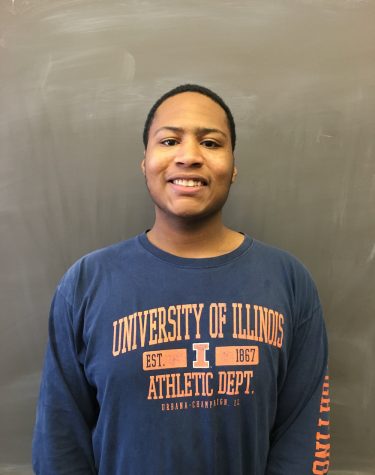Spy-Fi
Can Parker Monitor your Every Move on School Wifi?
With increases of use–and the importance–of technology, our generation has become the most surveilled generation. Along with this increase, cyber bullying has also increased. With this as a backdrop, Parker grade heads and the administration made the announcement at the start of the school year that the technology office has the capabilities and space to collect data from users of the Parker’s wifi networks, FWP-Secure and FWP-Guest.
Rule 6 of the 270-word Terms of Use of the FWP-Guest network makes this clear. “You understand,” it reads, “that we reserve the right to log or monitor traffic to ensure that these terms are being followed.”
Regarding the use of such data collecting, Senior Class Grade Chair Xiao Zhang said, “The procedure is to have searches under circumstances where there is immediate cause.” Every wifi network belonging to someone else, Zhang said, has the ability to surveil users of the wifi, and no user has the right to use the network privately and anonymously. “This is how private schools operate,” Zhang said. “You don’t have such right when you are using Starbucks Wifi.”
Interim Upper School Head and Assistant Principal Ruth Jurgensen was unaware of the administration’s data collection capabilities. When told about the procedure, Jurgensen said, “We can?” Jurgensen has scheduled a lawyer representing the school to lead a workshop with the upper school on digital citizenship and internet responsibility. The workshop is set to take place November 1, according to Jurgensen.
Regarding the school’s ability to access users’ text messages and snapchats, Director of Technology Peter Evans said, “We do not have that ability.” The school can monitor users to an extent, Evans said, but not to the point of accessing personal information. Evans said, “We can monitor who connects to the wifi, the name of the device.”
Junior Genesis Martinez believes that the school’s ability to monitor wifi activity is justified. “We are using the school’s wifi so they have the right to see what websites we access,” Martinez said. “We’re a private institution and they’re paying for it.”
According to stopbullying.gov, 15% of US high school students were victims of cyberbullying last year, and 55.2% of LGBT students were victims of cyberbullying.
From 2004 to 2015, the average percent of students who fell victim to cyberbullying was 26.3% of the upper school student body, according to bullyingstatistics.org. From the latest study in February 2015, The Cyberbullying Research Center found that the amount of victims now is 34%.







